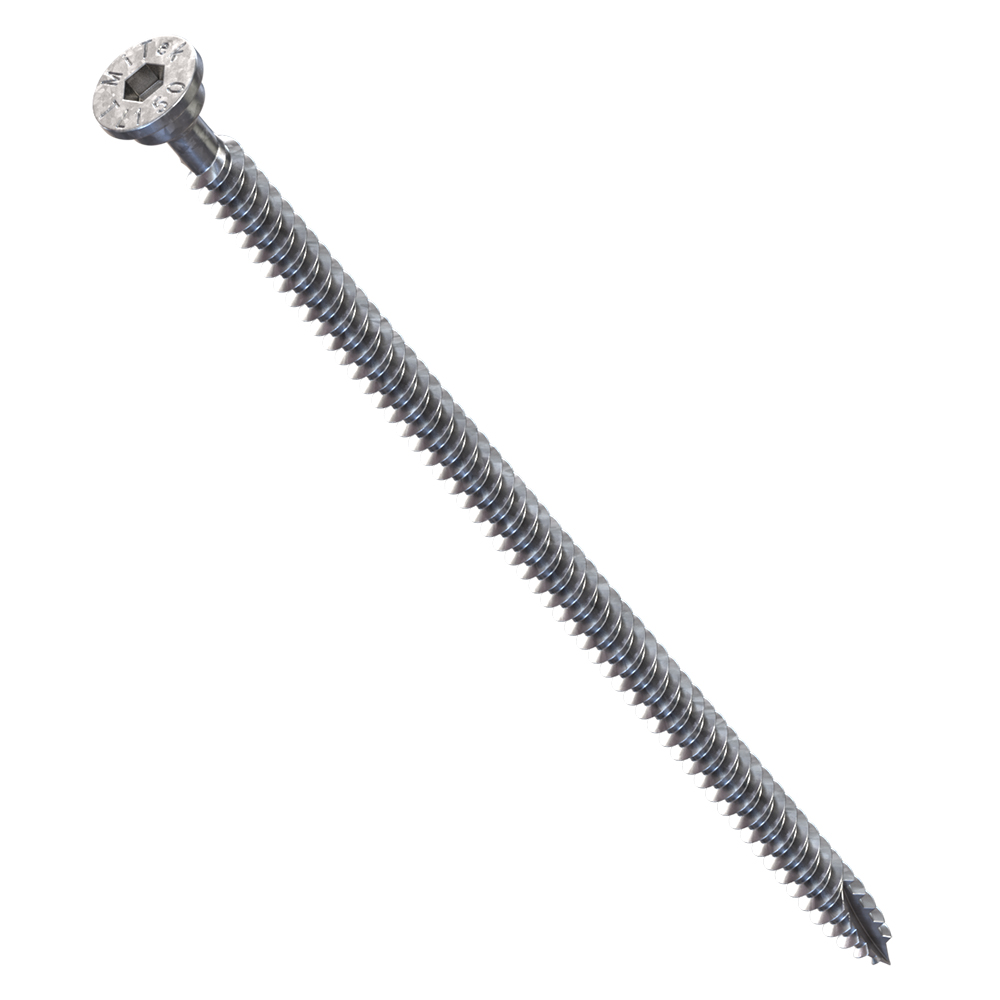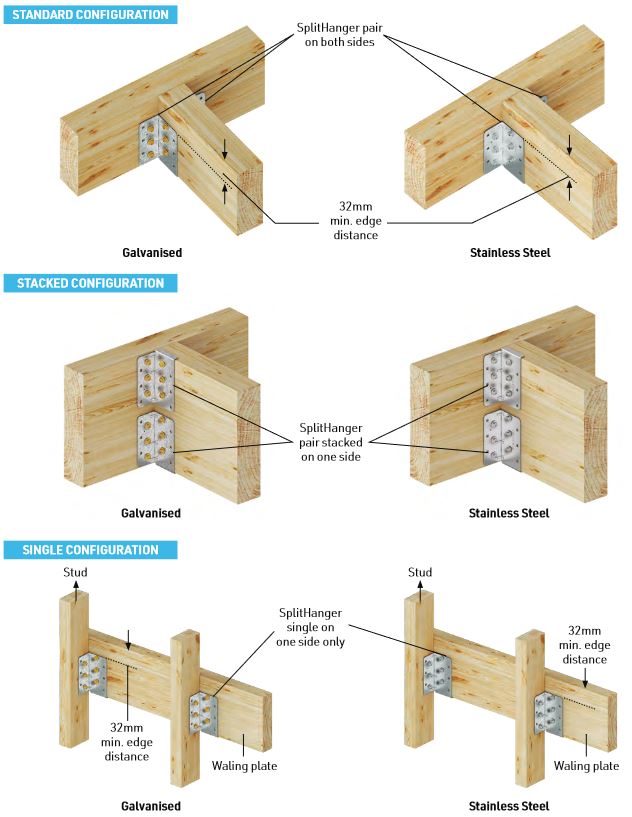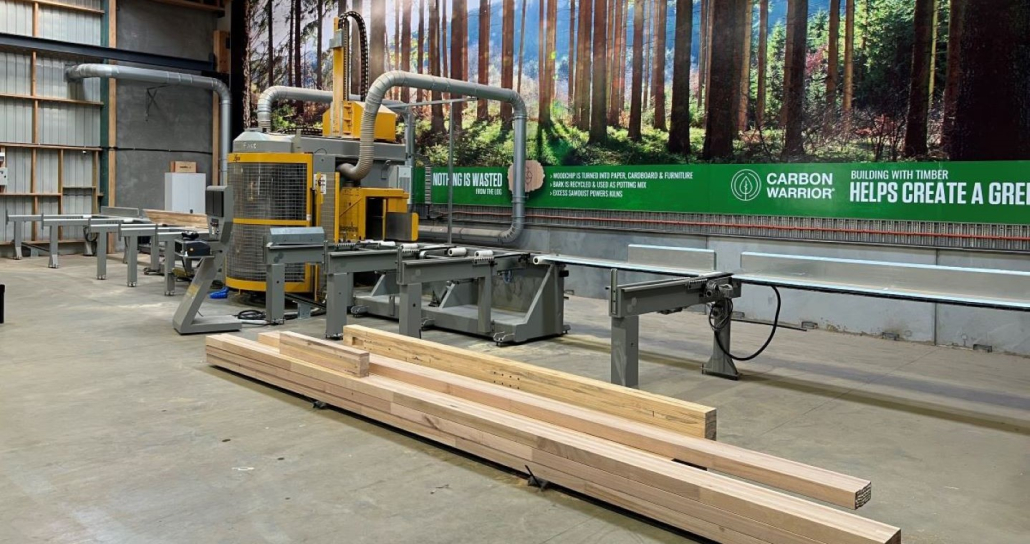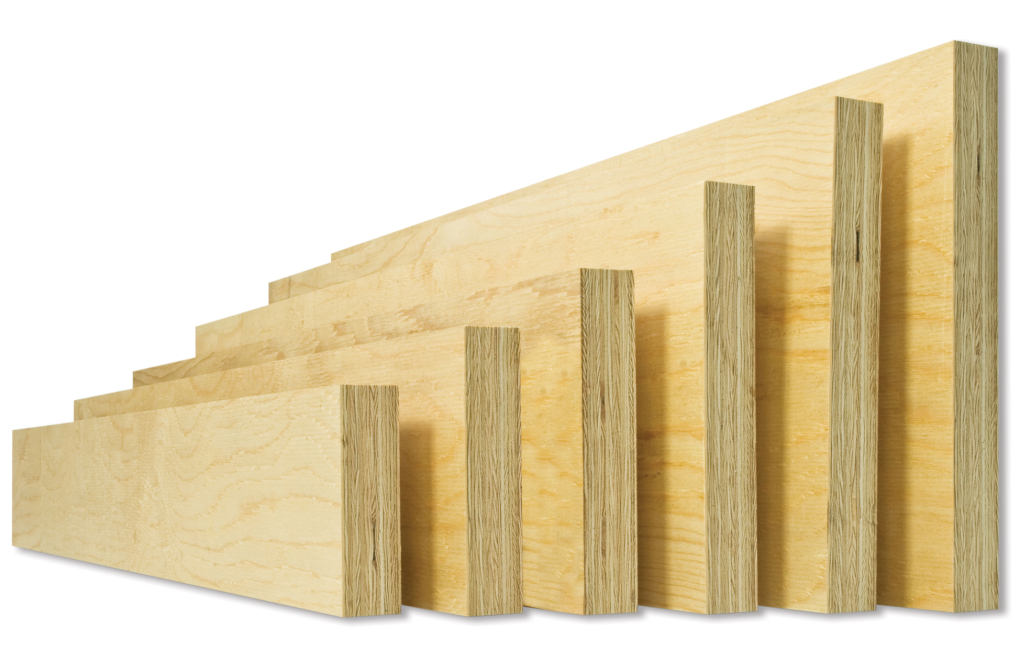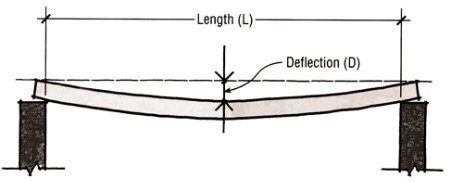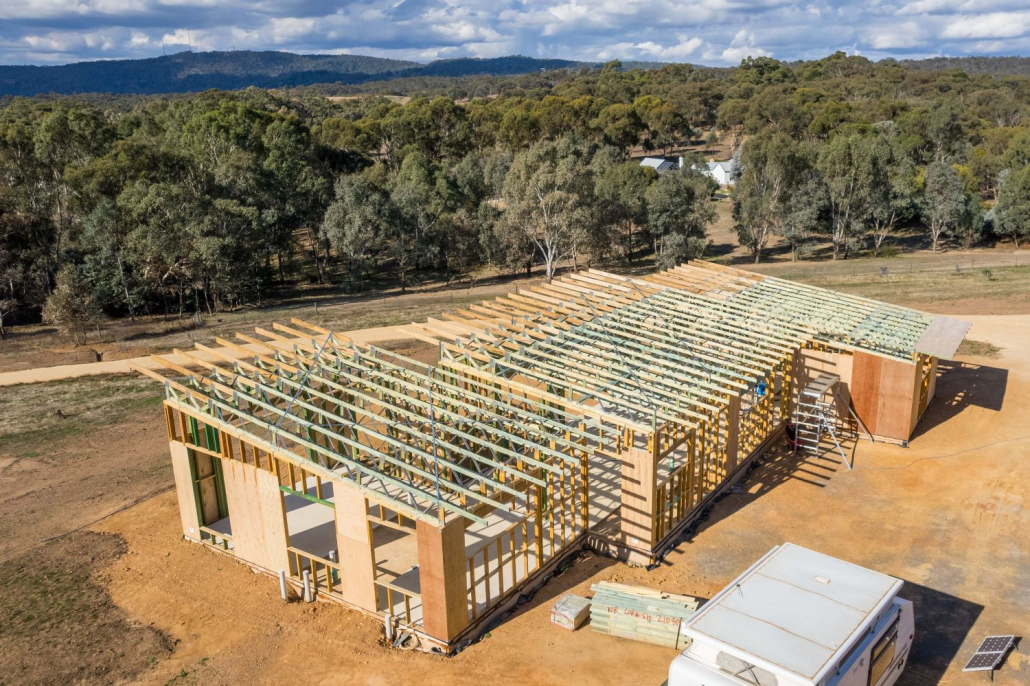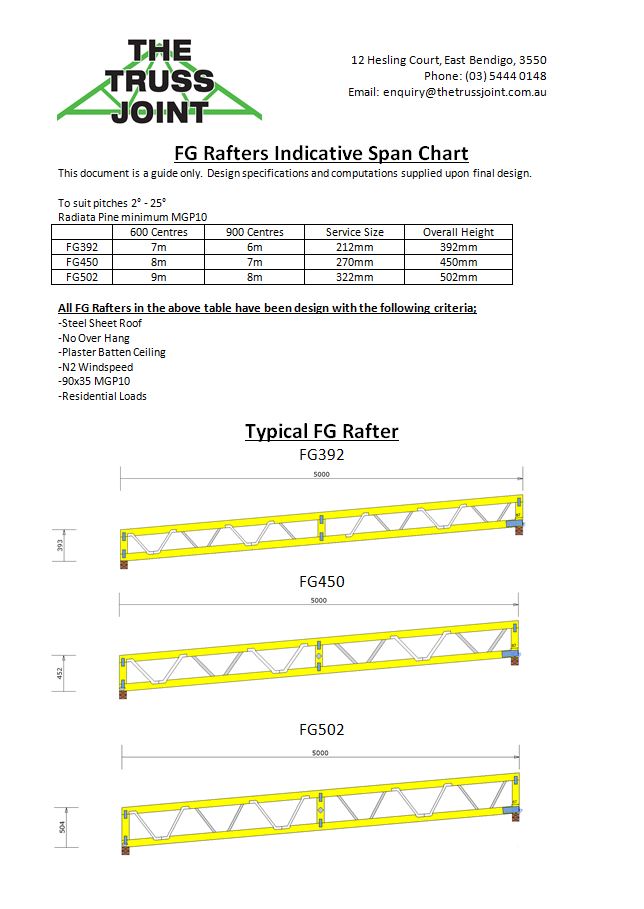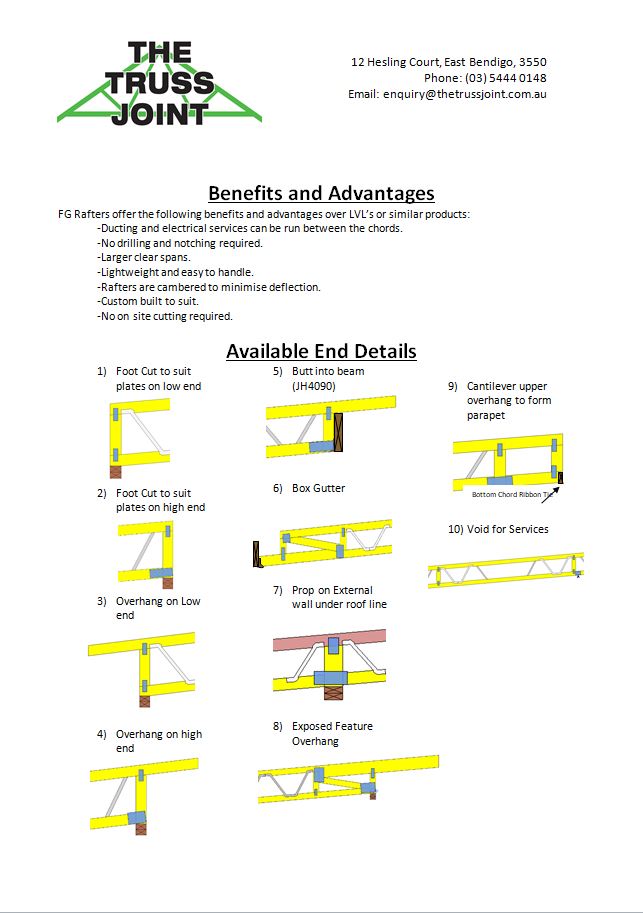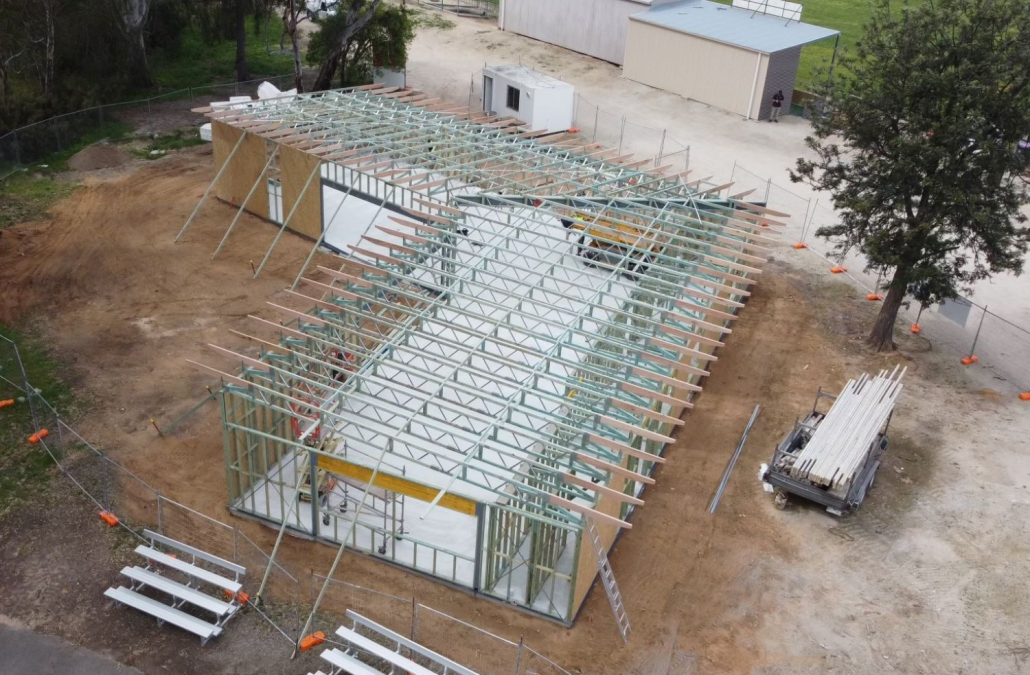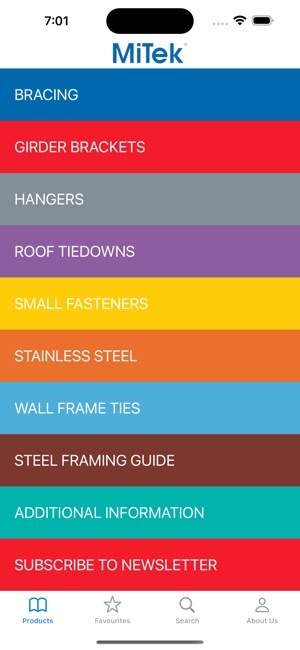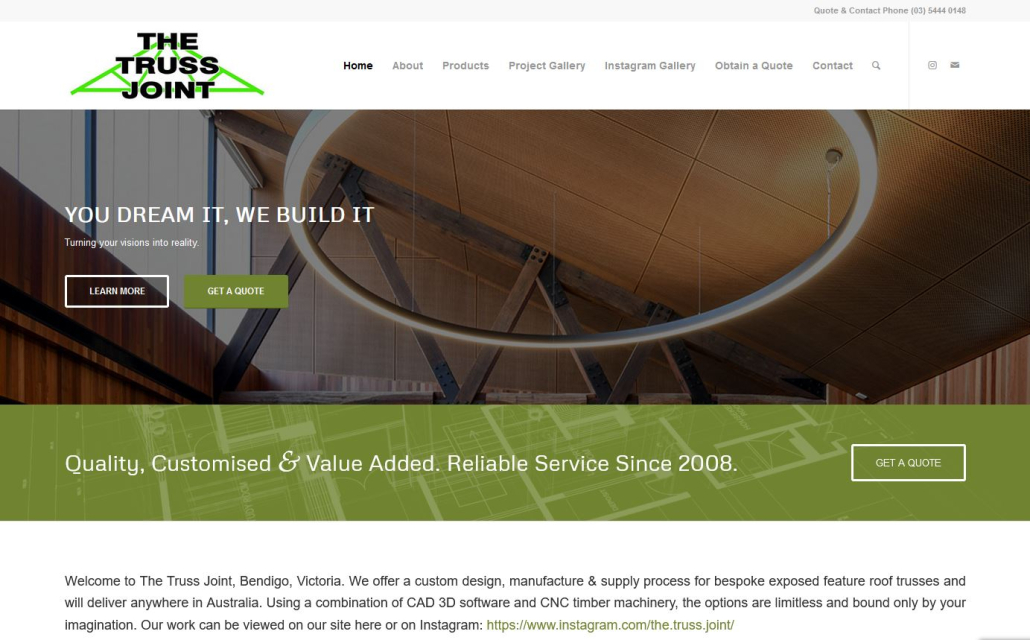Australian Timber Creations
(D.I.Y Traditional Timber Frame Structures)

Mid 2024 was an exciting time; it seen A.T.C (Australian Timber Creations) born off the backbone of The Truss Joint. At A.T.C we are bringing D.I.Y Traditional Timber Framed Structures to the market; pre-cut, flat packed and delivered Australia Wide. Driven by people with a passion for building with timber, we utilsed our knowledge gained over the years creating bespoke exposed truss jobs we turned our hands to bigger things.
Creating a statement in your back yard has never been easier with a D.I.Y traditional timber framed structures. From small outdoor structures to large outdoor alfresco areas, A.T.C has a pre-cut and engineered kit for you.
Our kits come delivered pre-cut and pay homage to the traditional construction methods of yesteryear using pegged mortise and tenon connections. All kits are supplied with laser cut and powder coated base plates, timber hardwood dowels and screws/bolts (minimal) where required. Creating the colour and look your after has never been easier with kits offered in soft & Australian hardwood glulam options. These timbers lend them selves to be finished in a tinted oil finish to match any existing structure.





D.I.Y Timber Kits Available online at www.australiantimbercreations.com.au
KITS ARE FLAT PACKED AND AVAILABLE FOR DELIVERY AUSTRALIA WIDE. ENQUIRE TODAY
- D.I.Y Timber Alfresco
- D.I.Y Timber Carport / ‘Truck port’
- D.I.Y Timber BBQ Areas
- D.I.Y Outdoor Areas
- Custom designs and creations available
……………………………………………WITH MORE TO COME
Creating Precision
Our D.I.Y Timber kits are designed and machined utilising the latest in 3D C.A.D software and timber machining. Ensuring your kit goes together right the first time, our Essetre Techno Fast machine features an 11 position tooling magazine. The magazine results in the ability to change drilling and milling sizing heads to suit each individual job. The machine gives us the capacity to cut sectional timber sized anywhere up to 620mm High x 250/300mm Wide. The accuracy produced by the Techno Fast is second to none and produces millimeter perfect cuts every time. Since its commission we have machined and produced jobs from Australian Soft & Hardwoods. Watch The Essetre Techno Fast Video

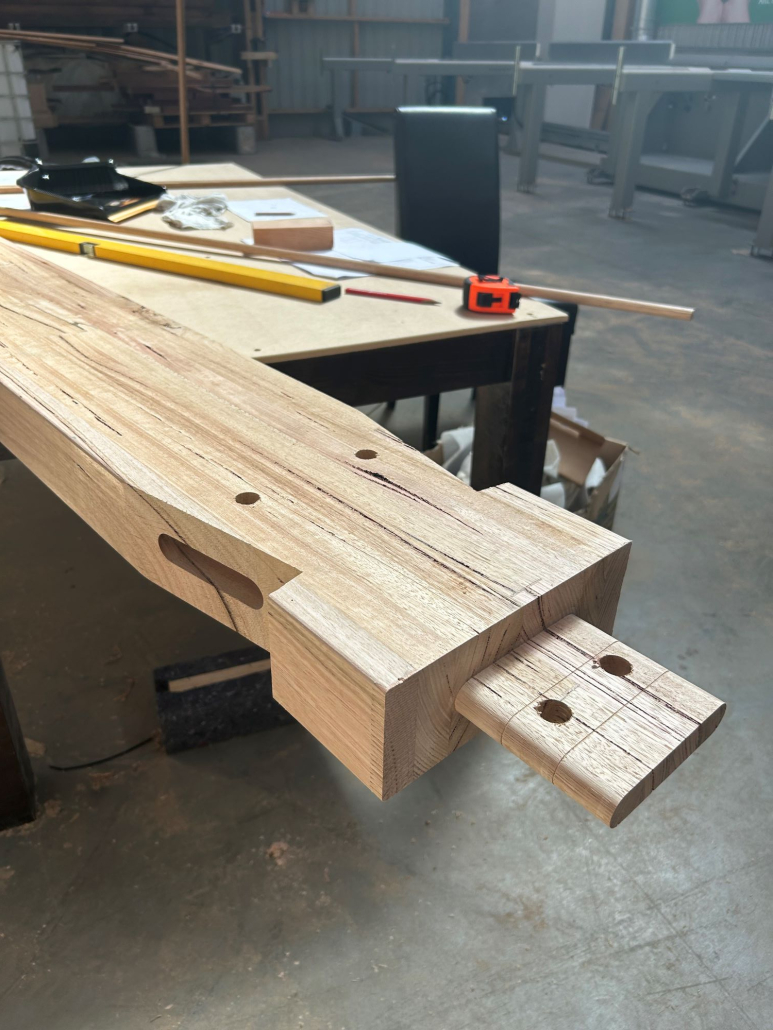
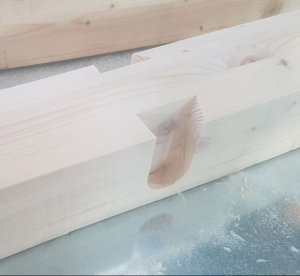
Pegged mortise and tenon timber connections & dove tails are produced with precision by the Essetre Techno Fast



